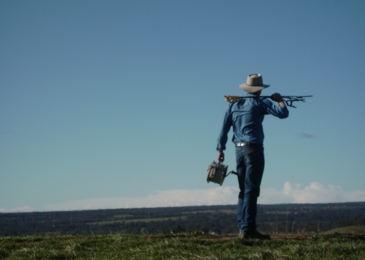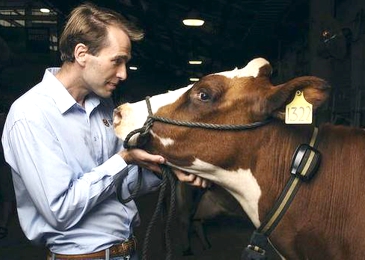Automation opportunities on dairy farms
Automation solutions are already having a big impact on many Australian dairy farms and there are options on the horizon.
Automation solutions are already having a big impact on many Australian dairy farms and there are options on the horizon.

Calving cows adds extra work and stress in any dairy operation. The demands are intense in seasonal
or split calving systems where large numbers of cows calve over brief periods. In year round calving
systems, it’s an on-going chore.

Clever pasture allocation strategies could increase the capacity of milking robots in Australia’s
grazing based systems, according to recent research conducted by FutureDairy postgraduate student, Alex John.His findings suggest some farmers may be able to milk an extra 10 cows per robot by changing the amount of feed offered in the early evening.

Meet Anna. This 2½-year-old Ayrshire cow is a pin-up girl for modern dairying. Rather than wearing a bell around her neck, she is wearing a rumination and activity sensor that will tell the farmer when she is ovulating, when she is about to calve, when she is eating and when she is sick.

When it comes to cows, Tasmanian dairy farmer John van Adrichem is definitely a listener. He says that one of the most important things he has learnt since installing milking robots is to watch and listen to his cows.
Retreat Creek – the farm owned by western Victorian dairy farmers, John and Clare Cotton – will become a partner farm for the FutureDairy project when the family installs Australia’s second robotic rotary automatic milking system (AMS). The robotic rotary was developed for the automatic milking of larger, grazing herds by dairy equipment company DeLaval in collaboration with the FutureDairy team.